The latest video by JinniTech grants us a fascinating view into the beginning of RED Digital Cinema, regarding sensors and 4K technologies. Have a look at a few of these intriguing hypotheses.
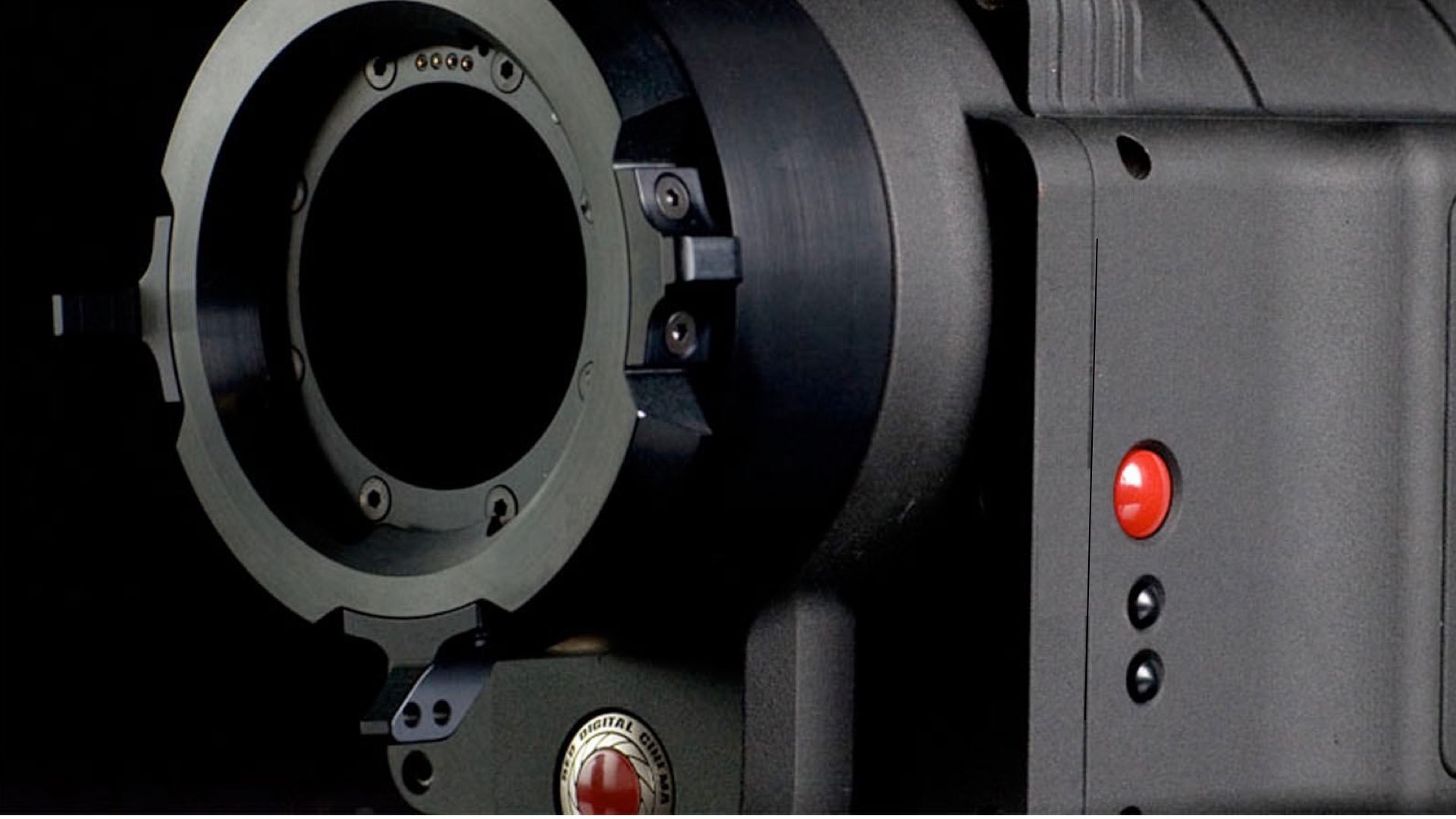
The starting point of Digital Cinema
JinniTech has made another well-investigated and sharply executed video, trying to dive into the inner parts of RED Digital Cinema company. We have written about the saga between RED and JinniTech before. However, we are going to focus on the exciting topics of the video concerning the technology which camera manufacturers are utilizing for their cinema products.
Dalsa Origin: The first 4k digital cinema camera
The Dalsa Origin was the first camera designed and built by Dalsa Corporation to be explicitly used for digital cinematography. The purpose of this camera was to enable a decent alternative for the dynamic range and quality of 35mm film. The thesis behind ultra-resolution is that only 2K resolution and beyond could allow producing the digital images that can be compared to film.
It’s important to note that RED Digital Cinema wasn’t the first to achieve 4K imagery, but Dalsa. RED ONE wasn’t the first 4K digital cinema camera, but Dalsa Origin, which was presented at NAB 2003. Furthermore, the Dalsa Origin was honored for multiple innovation awards. A touch screen interface operated the Dalsa, and the sensor was CCD.

$3,000 per day to shoot 4K digital video
The Dalsa Origin had a resolution of 4096×2048 at a relatively high bit depth. The camera output an uncompressed, RAW Bayer pattern 16-bit image with a bit rate of 400 MB/Sec, which was tremendous at that time. The high bitrate demanded massive and expensive processing and recording infrastructure. The whole kit was available to rent for a $3,000 per day.
Dalsa-RED connection
The most critical link between RED and Dalsa was Mr. Deanan DaSilva. DaSilva was RED CTO and former technologist at Dalsa Digital Cinema, helping RED to develop its first 4K cinema camera – the RED-ONE. RED Digital Cinema has utilized the knowledge derived from Dalsa Origin to develop a much more affordable and compact formation of its 4K camera.
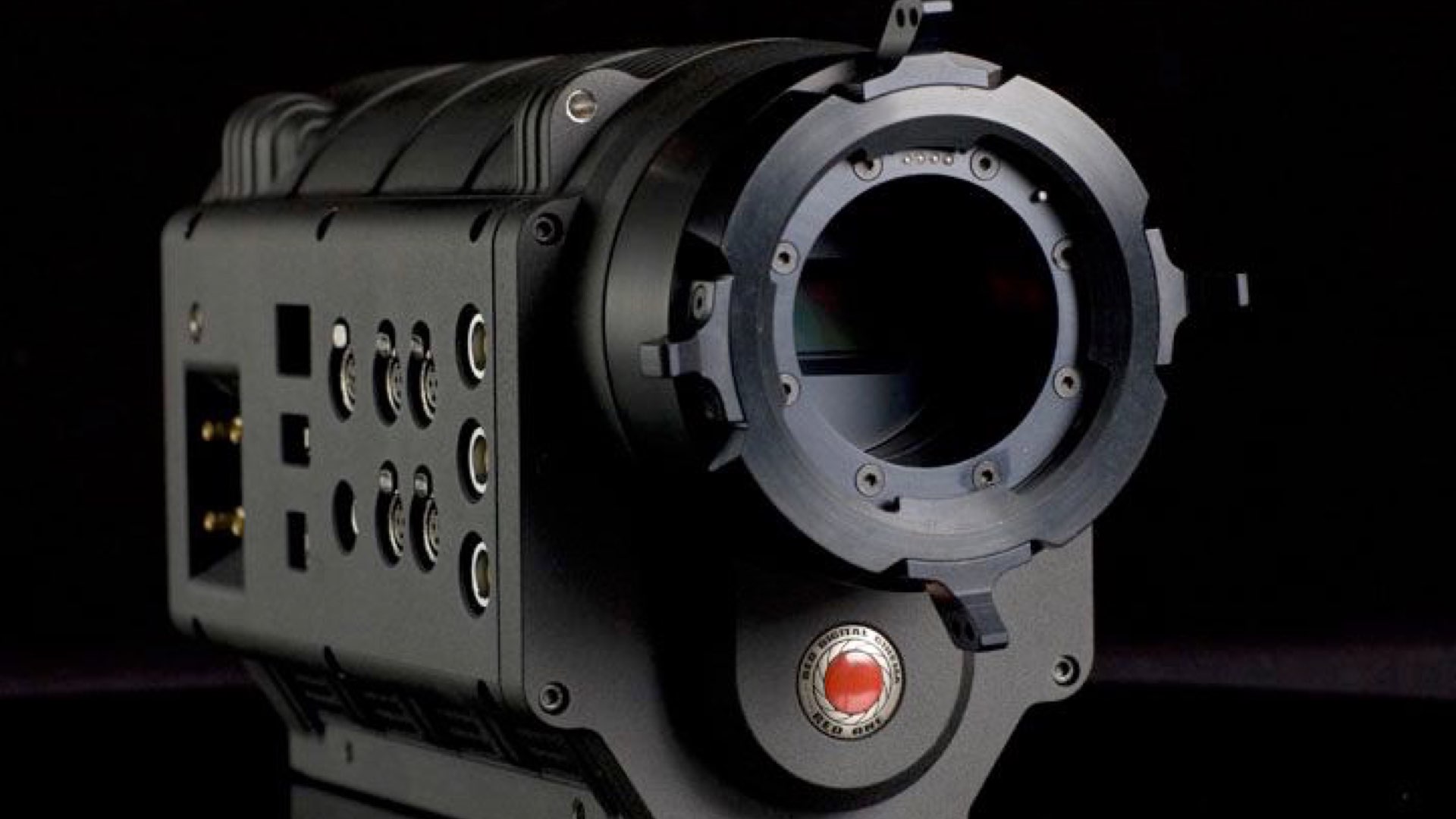
MYSTERIUM sensor: The first image sensor that RED has purchased
According to RED, the MYSTERIUMTM sensor has been specifically designed for use with the RED ONE camera and provides variable frame rate imaging over 1- 60fps in 4K or 3K resolution, and 1- 120fps in 2K resolution record modes. However, it appears (as shown and proved in the JinniTech video), that this sensor hasn’t been made by RED from scratch. Jim Jannard (RED’s founder) admits that the MYSTERIUM sensor was the first image sensor that RED purchased from someone else. However, RED doesn’t agree to elaborate any further info on that. At that time, RED claimed that its sensors are developed in-house by their sensor development division. According to the video, that statement is not entirely accurate.
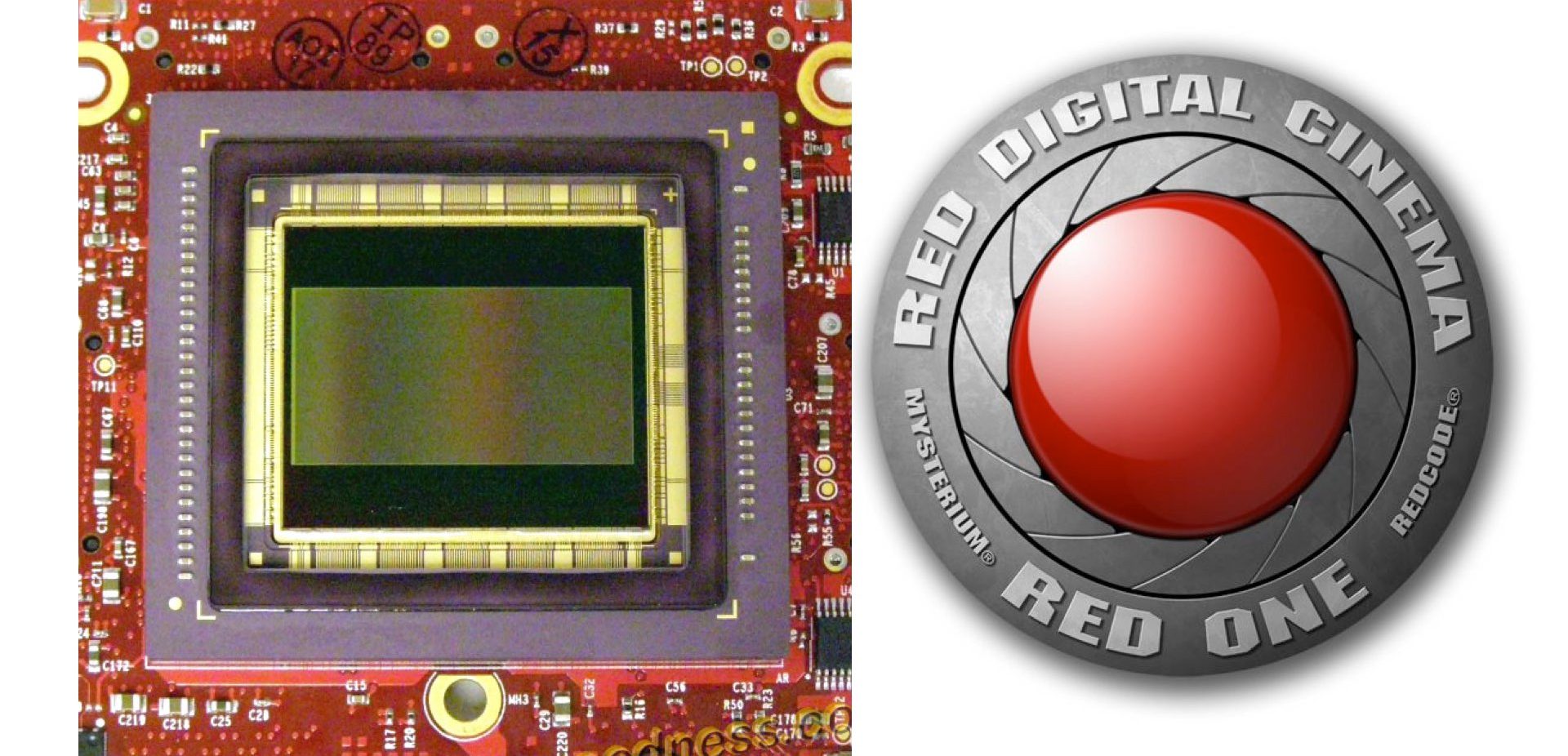
The MYSTERIUM sensor was the first image sensor that RED purchased from someone else
Jim Jannard, RED’s Founder
Using 3rd party component
Many camera manufacturers use 3rd party components to develop their cinema cameras, including sensors. From a personal perspective, I was the product director at an international company who developed medical smartphone. The core of the smartphone was an ECG (electrocardiogram) sensors implemented inside a Chinese apparatus. From a product development point of view, that’s an entirely logical process. ARRI, for instance, uses ON Semiconductor to design its award-winning ALEV III CMOS Image Sensor. ARRI admitted that they and ON Semiconductor had had a strong and collaborative relationship in the areas of product development and manufacturing for almost a decade. As stated by ARRI during the 2013 Technology and Engineering Emmy Awards: “The design expertise and innovative sensor technology ON Semiconductor brought to this project, coupled with their consistent manufacturing quality and reliable worldwide supply chain network make them a valued partner to have in the highly demanding motion picture equipment marketplace.”
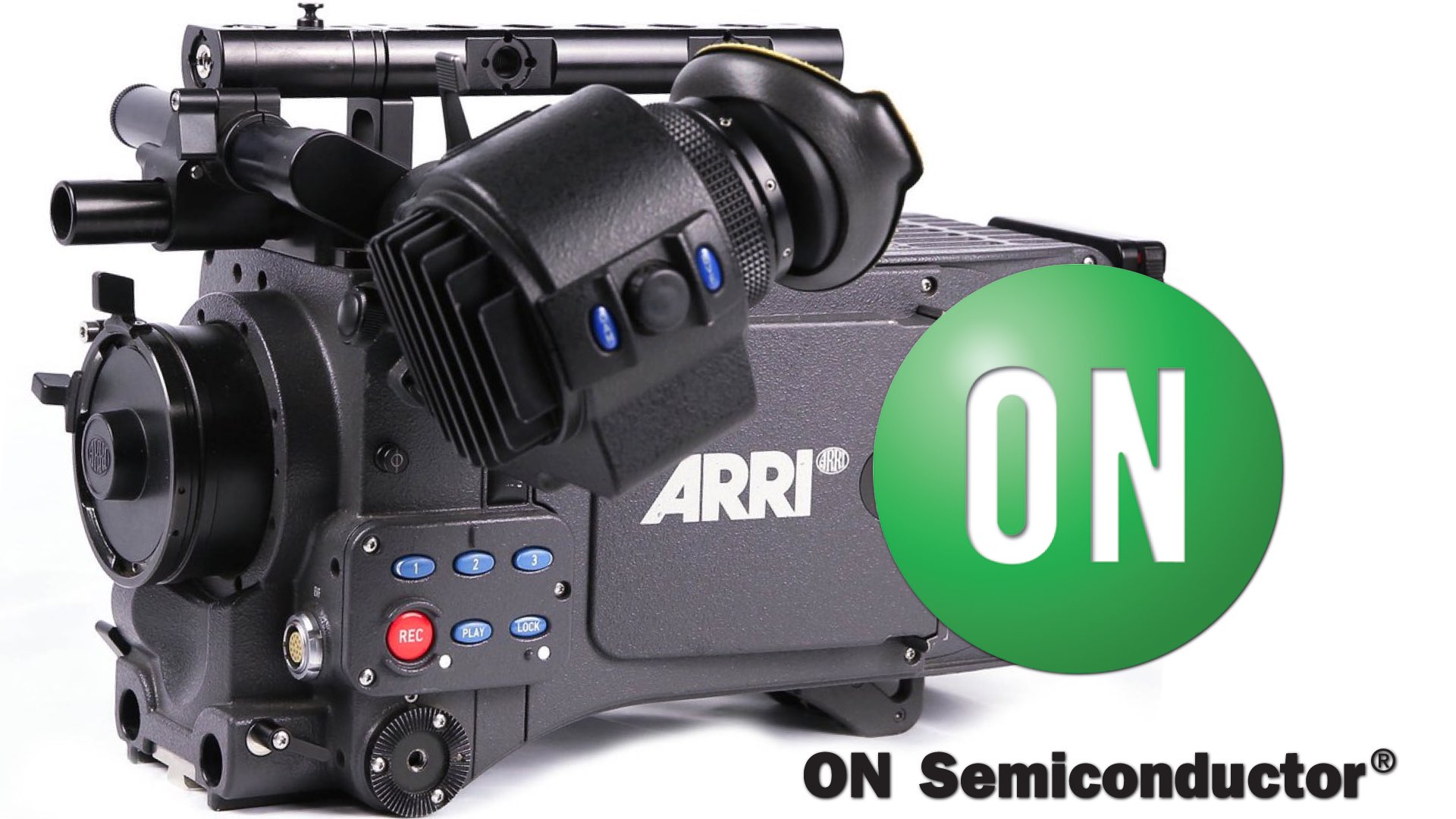
The design expertise and innovative sensor technology ON Semiconductor brought to this project make them a valued partner to have in the highly demanding motion picture equipment marketplace
ARRI gives credit to ON Semiconductor regarding its ALEV III CMOS Image Sensor
RED, on the other hand, doesn’t admit publicly and formally that they have been using a sensor developed from another company. However, in the video, you can find that information get revealed by RED’s founder during some hearing process.
Watch JinniTech video below: It’s long but well made and packed with a lot of educational pieces of information and shreds of evidence:
Final thoughts: RED needs to improve transparency
Technology companies base their innovation, research, and development of other technology companies. That’s a valid product development cycle. RED took the Dalsa Origin and made it more modular and affordable. RED also used (and might be still using) 3rd party sensor technology to improve their sensor capabilities. All of these are logical and acceptable in the industry. These steps are essential for the progress and modernization in the digital cinema market, making it better and with more successful series of products.
Nevertheless, RED needs to improve its transparency (it doesn’t have to because it’s still a private company) to gain more credibility. Otherwise, it will be titled as a problematical company.
Do you agree with this hypothesis? Let’s know your insights in the comments section below!

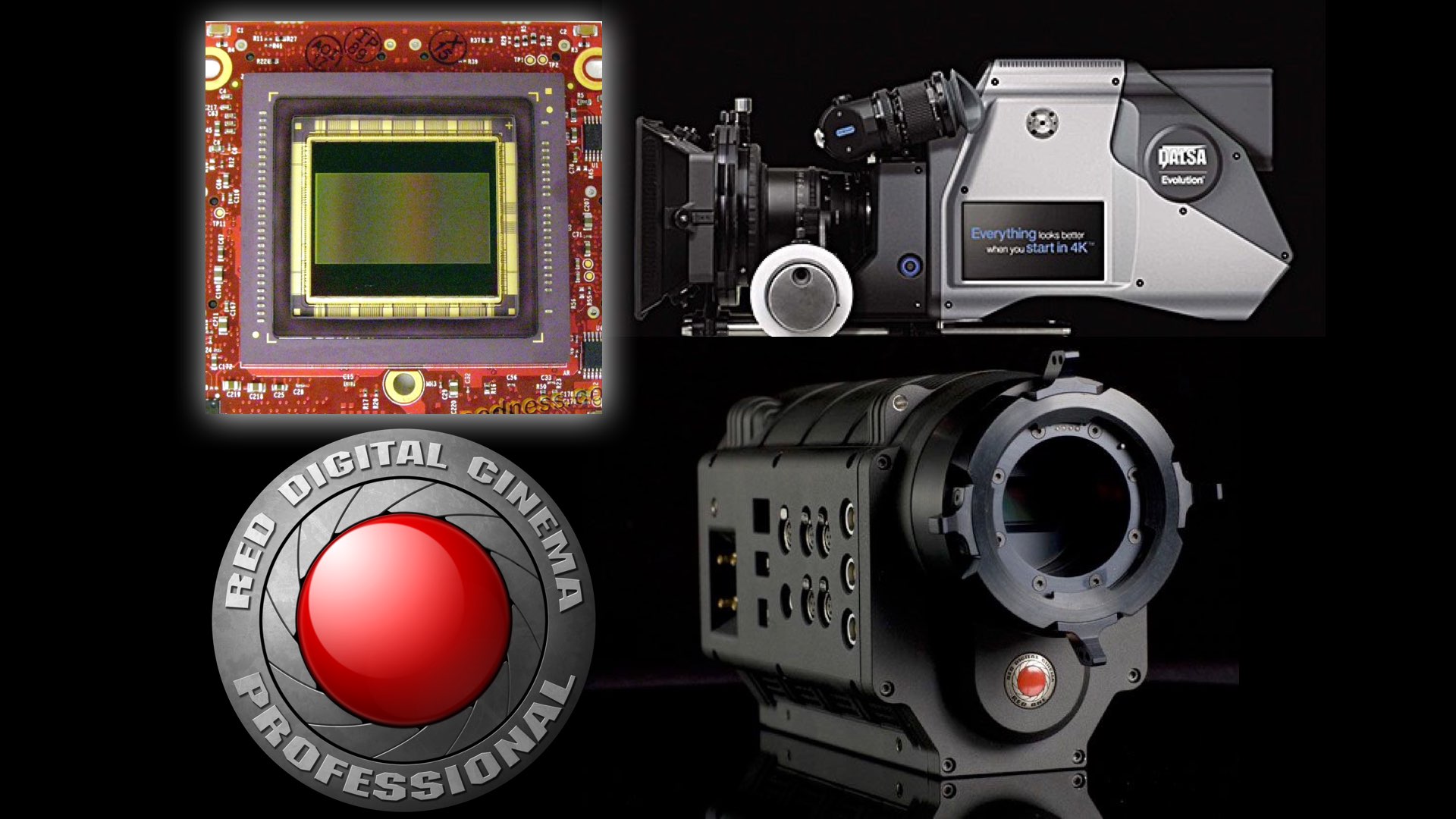
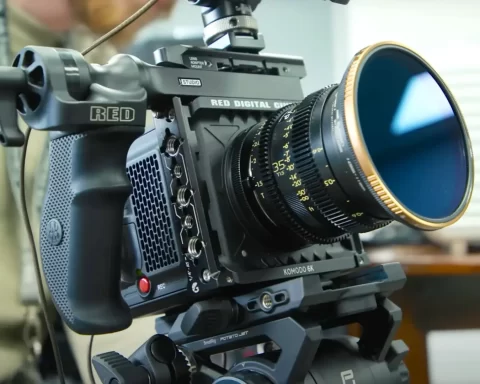



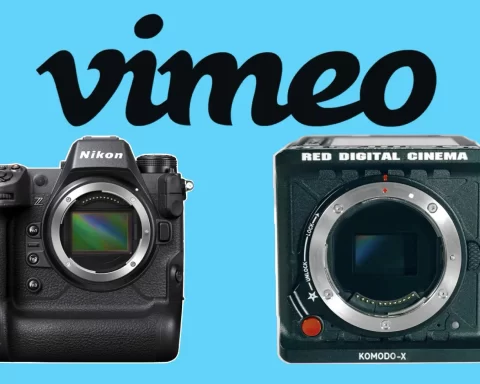
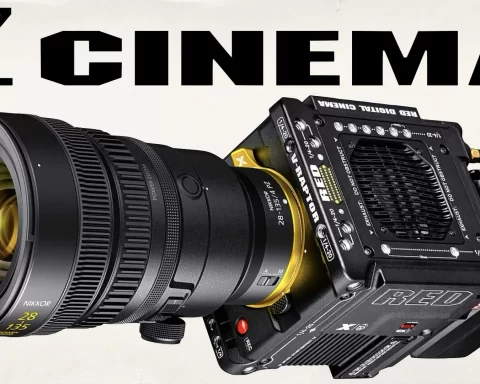

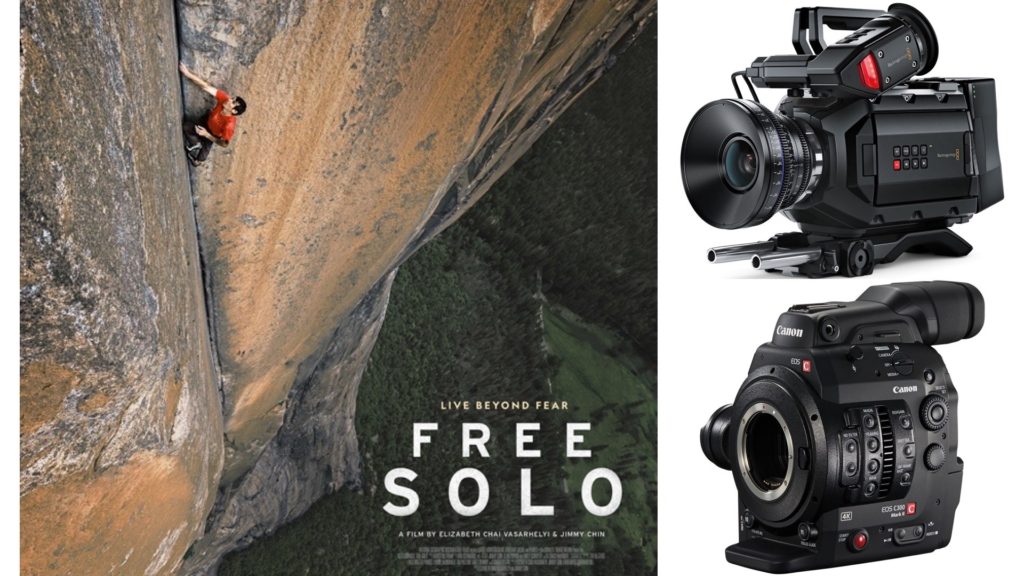






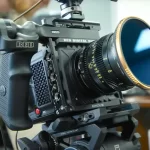

Red killed Kodak by developing it’s own technology. https://en.wikipedia.org/wiki/Bayer_filter
Great coverage. Thanks
Thank you Steven!